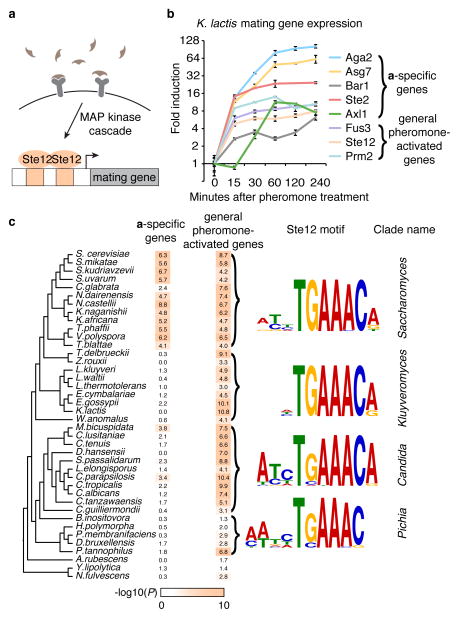Figure 1. Evolution of the pheromone response in budding yeast.
a, During mating, cells sense a peptide pheromone (brown molecule) and transmit this signal to the transcription factor Ste12. b, K. lactis a cells were induced with 10μg/mL synthetic α-factor pheromone, and gene expression was measured by quantitative RT-qPCR over time. Shown are mean values of three independent genetic isolates +/− s.d. c, Conserved pheromone responsive genes were scored for the presence of Ste12 cis-regulatory motifs in their upstream regulatory regions. The track indicates the −log10(P) for the enrichment of the Ste12 motif in each set of genes in each species, by hypergeometric distribution. The genes were divided into a-specific genes and general pheromone-activated genes. The general pheromone-activated genes were used to independently generate the Ste12 cis-regulatory motif in each of four clades using MEME.

